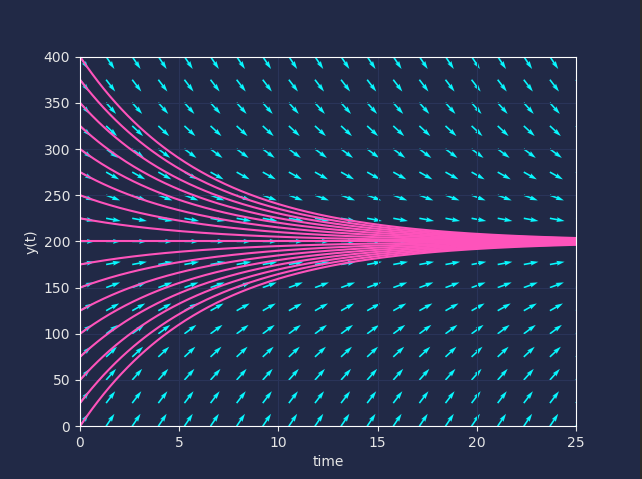E-Goat
A single-binary Go application implementing a TCP/WebRTC peer-to-peer messenger for text and file transfer with minimal dependencies.
Personal Website
An HTML/CSS/JavaScript/Python site showcasing projects, experience, and a professional portfolio in a clean, responsive layout.
Testio
A multiprocessing Python framework that captures and verifies application stdout, making lightweight automated testing straightforward.
Maze Solver
Generates random mazes in the browser and solves them with selectable algorithms, visualizing the path from start to finish.

Flask Blog
A minimal Flask application with MySQL backend for publishing posts, managing users, and commenting in a simple, performant setup.













